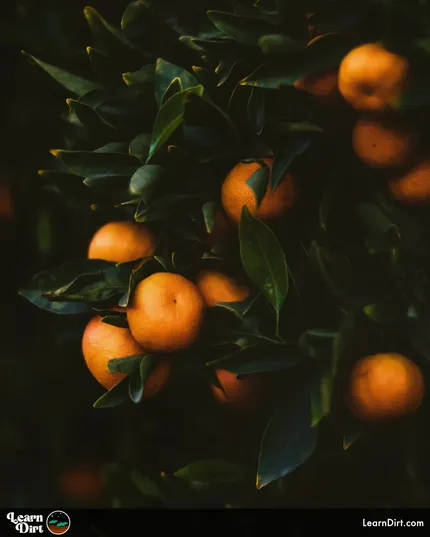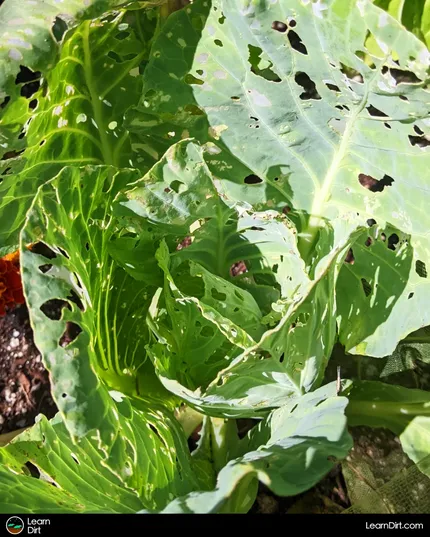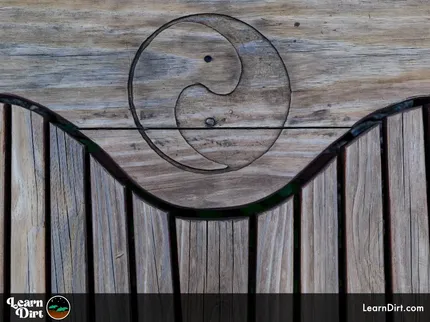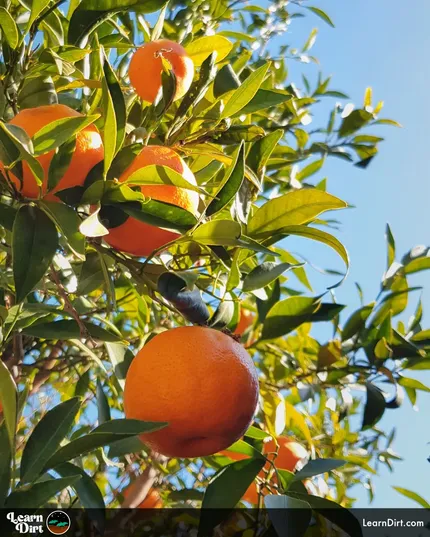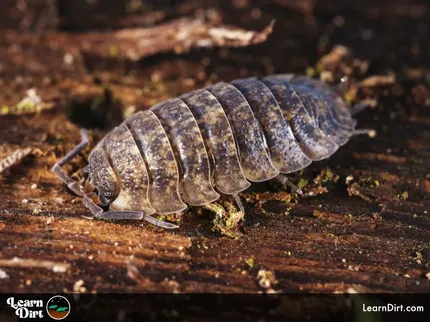Table of Contents
- Can You Grow Strawberries in Arizona?
- How to Grow Strawberries in Arizona
- Potential Issues Growing Strawberries in AZ
- What Grows Well With Strawberries? (Companion Planting)
- Tips for Growing Strawberries in Arizona
- Strawberries as Ground Cover
- Strawberry FAQs
* Our articles never contain AI-generated slop *
If you live in the Arizona lowlands and want to grow strawberries, you're in the right place.
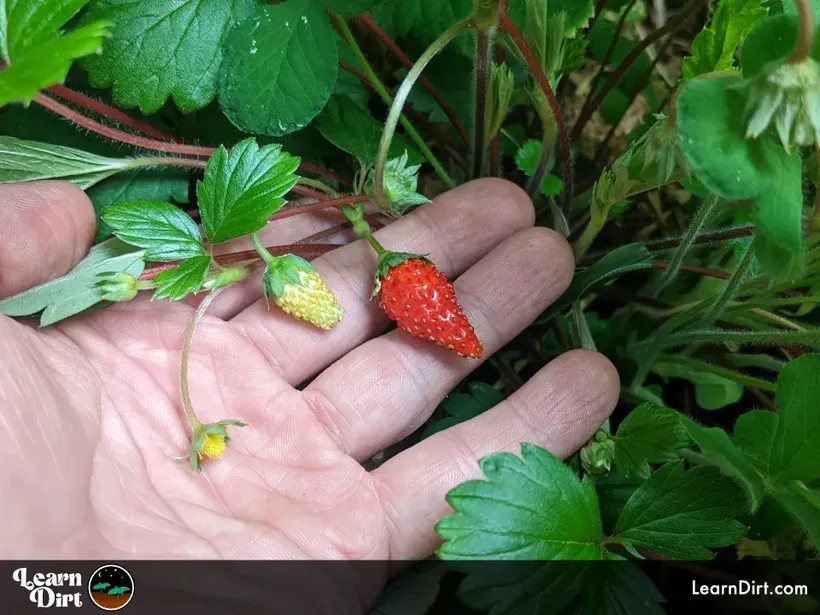
These are my absolute favorite thing to grow in the garden. I treat strawberries like most gardeners treat tomatoes... the holy grail!
Can You Grow Strawberries in Arizona?
Yeah totally, growing strawberries in Arizona can be done! I've done it and am here to tell you all about how to grow your own desert strawberries, despite the climate.
Disclaimer: This post may contain affiliate links. Refer to the privacy policy for more information.
Berries are one thing I really miss in AZ. You just can't really grow a blueberry or raspberry bush in this climate (unless it's a container variety you bring indoors for the summer, or you live at high elevation).
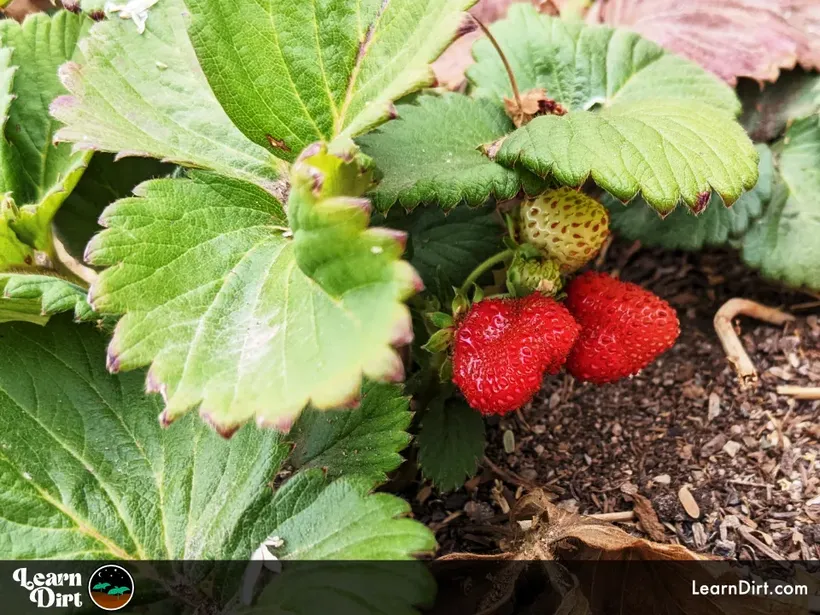
Having grown up in the Northeast before moving to Arizona, sometimes I really miss being able to walk out the door and go pick a fresh bowl of black cap raspberries.
Thankfully, strawberries are one of the few "berries" we CAN grow in the desert! Though they aren't really a berry at all, they do quite well here unlike canes and berry patches.
Growing strawberries in the desert is a great joy, and I'm excited for you to give it a try yourself as well!
How to Grow Strawberries in Arizona
Let's look at the process for growing stramberries in our challenging climate, and some of the specifics you'll want to pay attention to in order to maximize your chances of success:
Best Strawberries to Grow in Arizona
Start by choosing a strawberry variety that does well in high heat and aridity, to tip the scales in your favor for desert strawberries.
Join The Grower's Community
A free & open space for anyone who is passionate about cultivation 🌱
Check It Out!
Some of the garden strawberry varieties that should grow well for you in AZ include:
- Camarosa
- Chandler
- Eversweet
- Quinault
- Sequoia
- Tioga
- Tristar
Yellow Strawberries
Pineberries
Pineberries are white strawberries that taste like pineapple.
They like it a bit shadier than most garden strawberries, so here in Arizona you'll definitely need to shade these. Consider experimenting with both overhead and afternoon (West) shade.
Strawberry Sun Requirements
In most climates, strawberries really prefer full sun all day. They're a summertime fruit and it takes a lot of sunlight and energy to produce berries.
Here in Arizona, though, summer sun is an entirely different beast than it is in more average climates.
While your strawberries can tolerate it (usually into June) you may want to provide them with a light overhead shade cloth or with afternoon shade on their West side to provide some reprieve.
Best Soil for Strawberries
If you want a super easy mix to get started quick, use your homemade compost (or buy a bag of this potting mix) and mix in some native desert sand (or this) until it feels noticeably gritty to you.
About 1 part sand to 3 parts compost or potting mix.
I also suggest adding some rock phosphate to give your strawberries what they'll need to produce fruit later.
If you want a more detailed explanation to make a custom mix, here are the deets:
Drainage
Compared to your average garden soil, strawberries need more drainage.
They are extremely prone to root rot if their soil doesn't drain well, so you'll have to formulate a mix that suits them of you're into making your own soil mixes.
Luckily, sand is extremely abundant in Arizona, and is my favorite soil addition for increasing drainage.
You can also use perlite if you prefer, just be sure to add enough that your strawberry soil doesn't stay wet for prolonged periods of time.
Texture
You're shooting for something like sandy loam with your strawberry soil texture.
Check out the Soil Texture Triangle for a refresher on soil texture and how to assess the texture of your soil.
Nutrients
Strawberries don't have very different nutrient needs compared to most common garden fruits and veggies, but does need a good amount of phosphorus for maximum berry yields.
You can add rock phosphate to your soil when you first mix it, or top-dress each season. Just remember it takes time to break down.
For other sources of phosphorus that you may prefer, check out our Organic Nutrient Sources chart.
How to Plant Strawberries
Now that you've got your strawberry variety picked out and your well-draining soil mix ready to go, it's time to plant your strawberries!
Dig Cool Merch?
Depending on whether you chose to start with bare roots, or from seed, the process will look a bit different:
How to Grow Bare Root Strawberries
Bare root strawberries are dormant strawberry plants with the roots already grown out.
They usually have a crown and a few leaves, and long roots that are kept moist until they're planted.
This is generally the preferred method for gardeners who want to grow strawberries, because growing from seed takes absolutely ferever.
You can buy bare root strawberries from your local nursery, or even online - just keep the roots moist until you're ready to plant, and get them in the dirt as soon as you're able.
Growing Strawberries From Seed
I should caution you that starting strawberries from seed is NOT for the feint of heart.
They take months to grow to any real size at all, and still much longer before bearing fruit.
If you're growing an alpine variety, they may take a year or more to bear fruit!
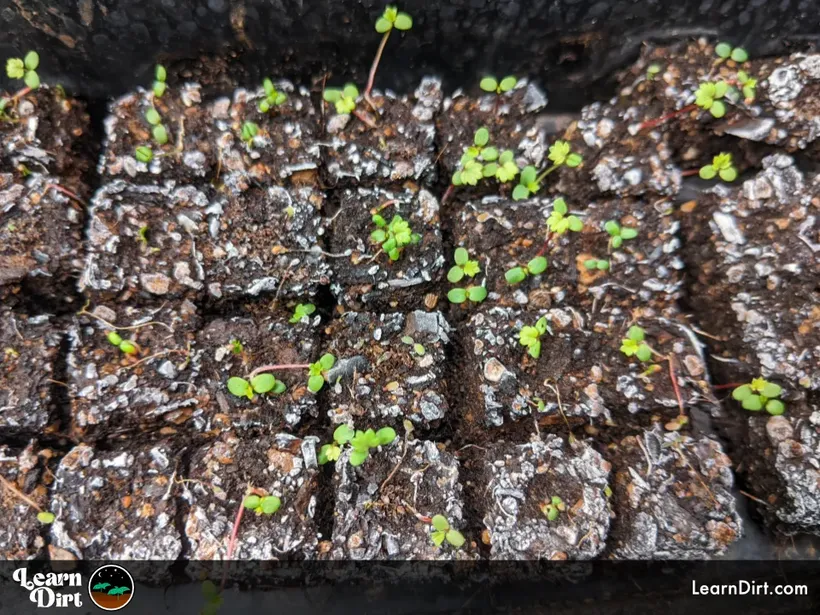
Of all the plants you could start from seed, strawberries will prove to be one of the more difficult.
Adult strawberry plants are often described as 'hardy', but strawberries grown from seed are anything but hardy for quite a few months.
That said, starting strawberries from seed is highly rewarding! If you've got the time and attention to carefully baby them for a long, slow start in life, they're absolutely worth all the trouble.
I highly encourage cultivating your strawberries from seed if you're up for the challenge and want to hone your seed-starting skills.
Further, starting from seed allows you to try many incredible varieties that may not be available as bare roots or starts at your local nursery.
There are so many incredible strawberries that you can try if you're willing to start from seed - including many alpine varieties that are rarely if ever available locally.

for a late-October planting in AZ
When to Plant Strawberries in Arizona
Plant bare-root strawberries in the AZ low desert from mid-September through February.
If you're growing from seed instead, tack on quite a few months before the fall/winter. They take a long time to germinate and forever to get up to any kind of size in the beginning.
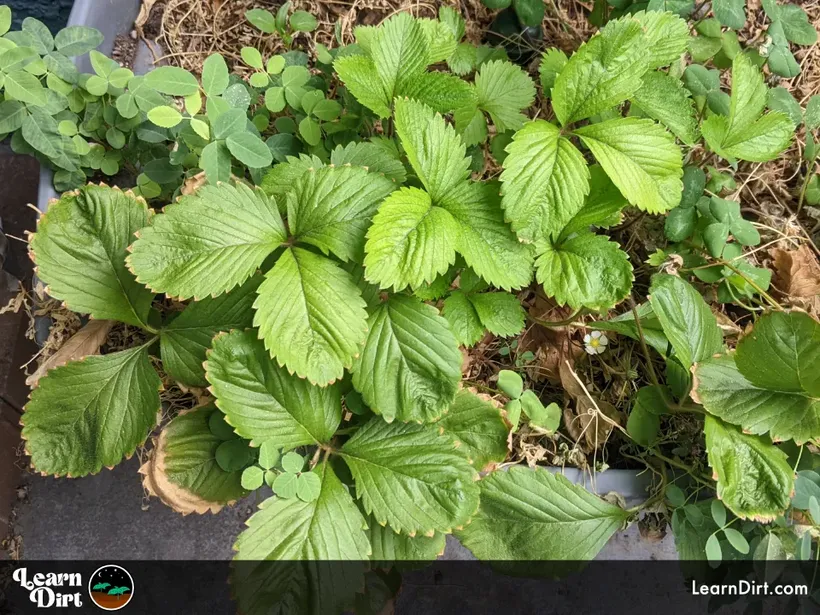
Shown here flowering in early-July.
If you're in the Sonoran low desert, you can expect strawberries to ripen up in May and be ready for picking before June. Seasons move fast here, and June heat can be ROUGH on strawberries.
The alpine strawberries in this photo made it into early-July in Tucson in a corner with limited sun, but just barely. They succumbed to heat and bugs before the end of July.
If you berries aren't coming indoors with you for the summer, there's very little chance they'll survive through the whole thing. Get your plants out early to maximize harvests before late-summer killing heat takes them.
Growing Strawberries in Containers
Containers are a great choice for strawberries for a couple reasons:
Strawberries don't need a ton of space, and they don't have particularly deep root systems - so containers, pots, planters, and grow bags are all viable choices.
They need soil that drains better than most garden fruits and veggies, so giving them their own container allows you to make up a grittier, sandier soil mix just for them.
Just remember to poke some drainage holes in the bottom if the container you use doesn't already have them.
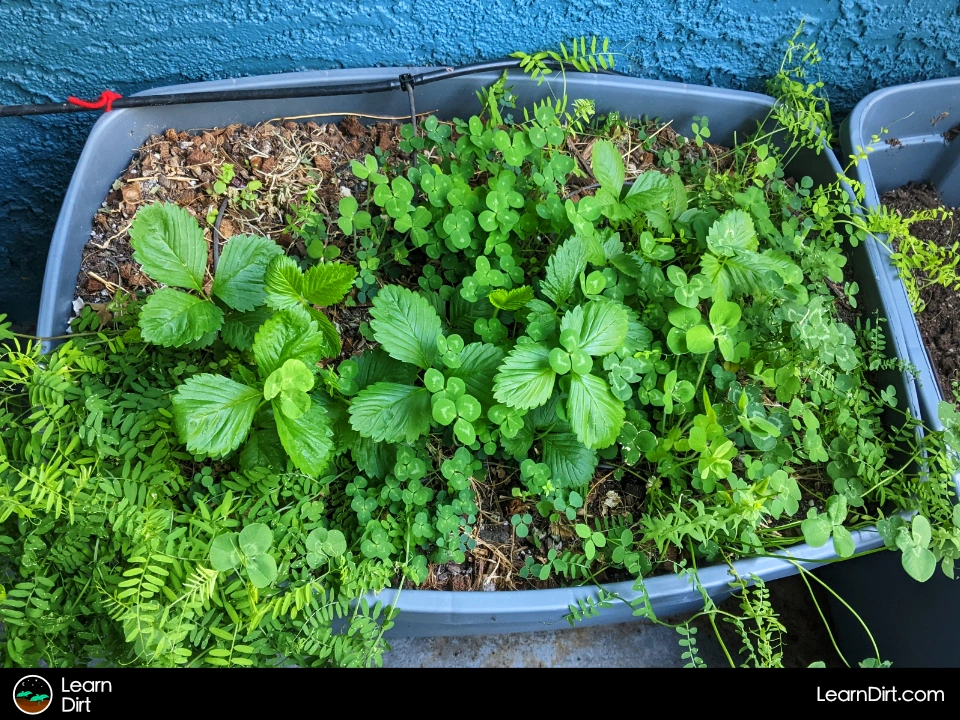
Container Watering Considerations for Arizona
The main downside to containers in AZ is that they can dry out quick-fast, and they can also get hotter than in-ground plantings.
If you use containers for your strawbs, be sure to keep up with watering.
The planter from the photo in the previous section has a Blumat gravity-fed watering system (the black hose at the back provides water as-needed) so this planter went throught the summer withot any babying needed.
How Long Does It Take to Grow Strawberries?
When Do Strawberries Fruit?
Strawberries fruit in the summer, with "June-bearing" varieties most typically bearing fruit in - you guessed it - June!
They put out most of their berries all at once in one fantastic display and then that's it.
Everbearing varieties, by contrast, produce fruit at a steadier rate throughout the summer.
The variety you pick will be the primary determining factor in when they bear fruit, how much, and for how long.
How to Water Strawberry Plants
Because strawberries hate it when their feet stay wet, and you've made a gritty, wull-draining soil mix to help those roots dry out faster, you'll want to go with more frequent lighter waterings.
Treat strawberries more like you'd water seedlings, and less like you'd water trees. A little water at a time, every day or two when the AZ heat starts to pick up.
I like to use my moisture meter to check that the roots are drying back adequately between waterings, but not getting too dry. It sure beats guessing!
How to Hand-Pollinate Strawberries
You can use a soft paintbrush, but a cheap electric toothbrush only costs a few dollars these days and simulates a bee buzzing and knocking pollen loose.
Potential Issues Growing Strawberries in AZ
Growing strawberries in Arizona is quite possible, though difficult. Some issues can arise and need to be taken into account:
- Summers are harsh and strawberries often die. You'll likely have to restart each year or bring them indoors for the late-summer. You could also grow them in containers and bring them inside each summer if you prefer
- Strawberries will need to be mulched heavily to help retain moisture
- They will need frequent watering in the early-summer
- Strawberries may respond poorly to the salt content and pH of native soil (as many plants do here) so plan on building some great soil first.

What Grows Well With Strawberries? (Companion Planting)
Cover crops make a great companion to any garden produce, especially those which fix nitrogen.
This is why both clover and hairy vetch were paired with the strawberries in one of the earlier photos in this article.
The vetch and clover provide both nitrogen and organic matter, act as living mulch, and then are chopped and dropped to mulch with and break down into soil.
Tips for Growing Strawberries in Arizona
Remember to mulch your strawberries! This will shade and cool the soil, while locking in moisture that's so desperately needed in the desert.
Mulch will also break down and eventually feed the soil, which in turn will feed your strawberries.
Though quite resilient once they are established, strawberries are quite frail when young.
Bare-root strawberries give you a great jump on things, but you may also start strawberries from seed if you're up for the challenge - keep reading.
Once you've grown some strawberries, put those leaves to use in strawberry leaf tea! The leaves are better for you than the berries are.
Strawberries as Ground Cover
Strawberries have a wonderfully low growth habit - perfect as ground cover. They creep and crawl, shooting out runners while the plants remain very low. Similar to clovers, they have a way of carpeting your garden and covering and protecting your soil.
They'll also protect exposed roots of taller plants, and do an amazing job of suppressing weeds. Plus they hold soils together to prevent erosion when there's too much water.
While strawberries typically won't make it through the heat of summer in Tucson, Phoenix, or Vegas without shade cloth, they can survive.
Strawberry FAQs
Answers to some of your most-asked strawberry questions here:
Can You Grow Strawberries From a Strawberry?
How Hot Is Too Hot For Strawberries?
100F+ (38C) gets rough for tomatoes, especially if they're in direct sun.
Shade cloth can help keep some of the brunt of the sun off in hot regions and I've even had strawberries survive up to about 110F (43C) in June in the desert - but they get quite stressed at this extreme.
If you're intent on seeing them through a summer in a hot desert climate like mine, you can try nestling them in under some other plants, mulch heavily, hang up some shade cloth overhead or on the afternoon side, and keep them well-watered.
Do Strawberries Grow Better in Sun or Shade?
While strawberries can grow in full sun in some regions, you're almost certainly going to want some shade for them here in Arizona.
While shade cloth is a great choice, I often find it unnecessary if my strawberries are nestled in tight under some nurse plants.
The more af a dense jungle you can manage in your garden, the less you'll have te rely on shade cloth for low understory plants like strawberries.
Can You Grow Alpine Strawberries in AZ?
Definitely! Just be prepared for many months of babying them indoors before transplanting out in the fall. Alpine strawberries will do great in Arizona through autumn, winter, and spring - but will not make it through the summer if you're in the lowlands.
Consider keeping them in planters which can be moved indoors for the 3 or 4 hottest months of the year.
That's all for now, thanks for reading!
If you have any questions, comments, or would like to connect with fellow gardeners, head on over to the forum and post there.




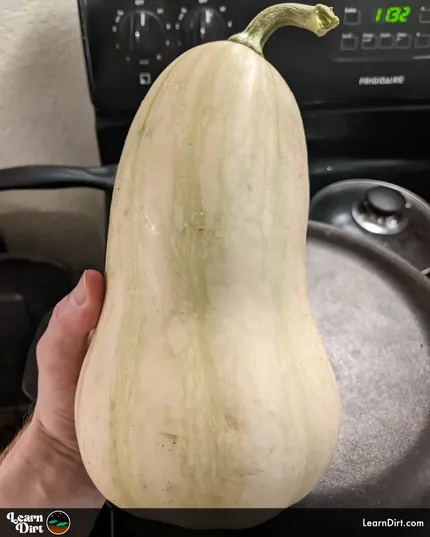


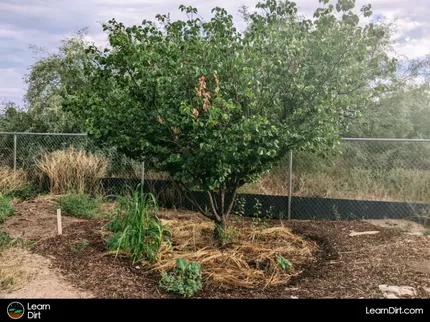
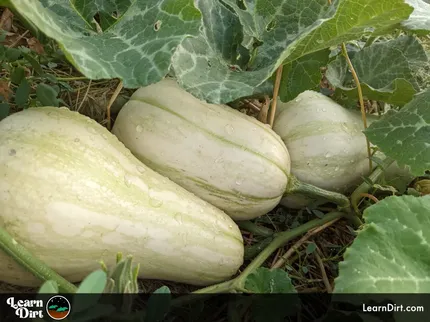
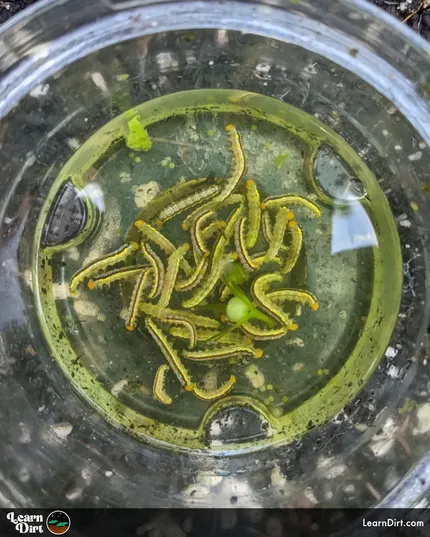
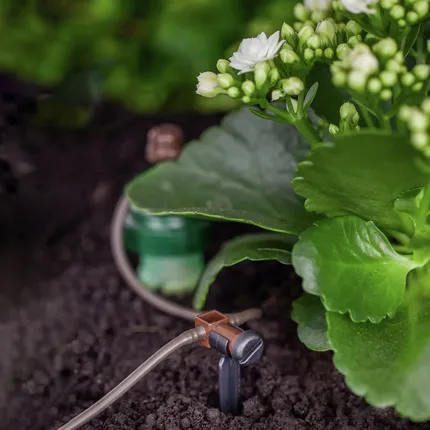


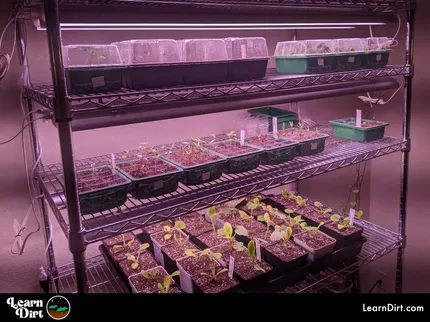
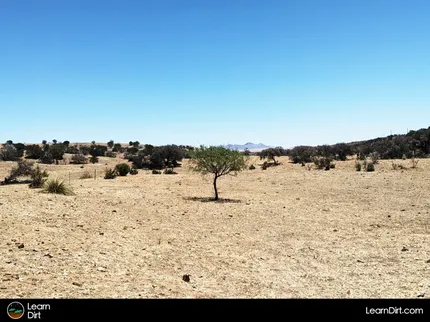
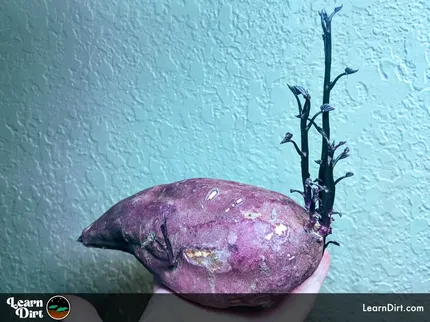


![Black Dirt Live Again [Blue] T-shirt](/media/product_images/black-dirt-live-again-[blue]_shirt_260x260.png)
